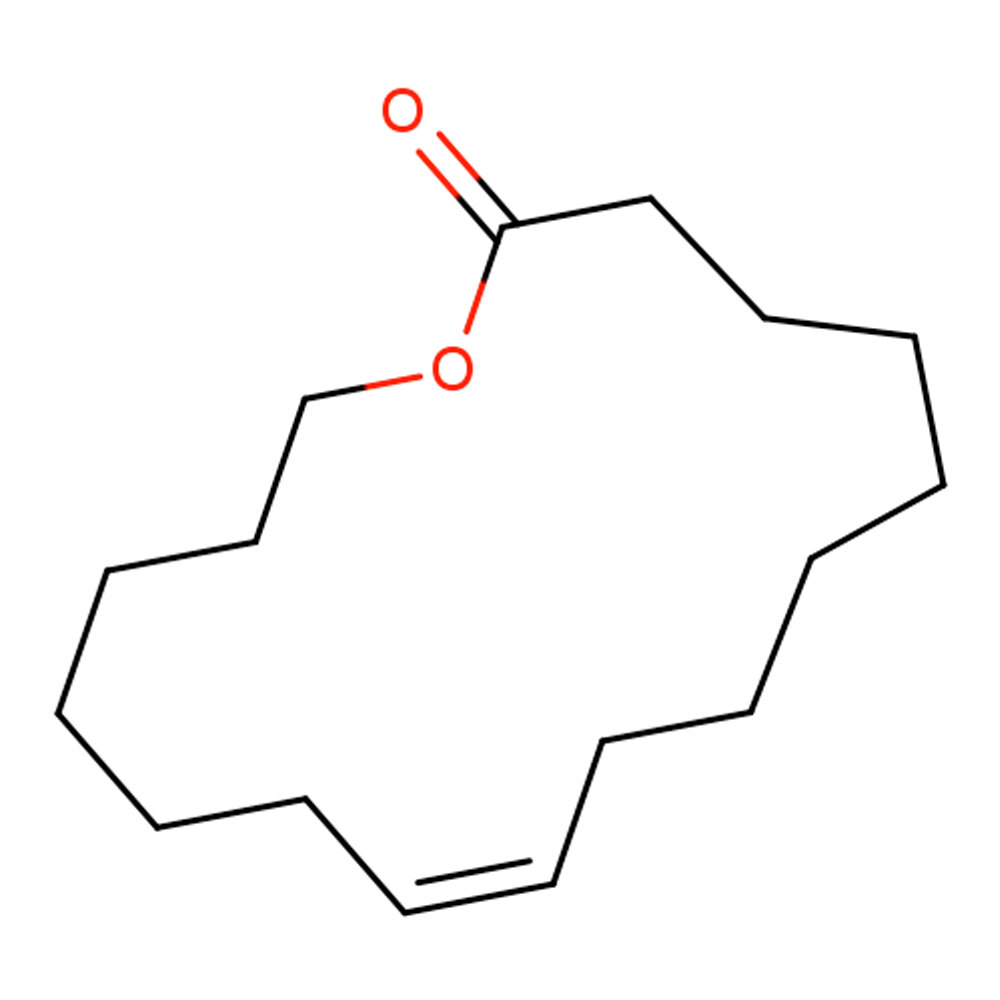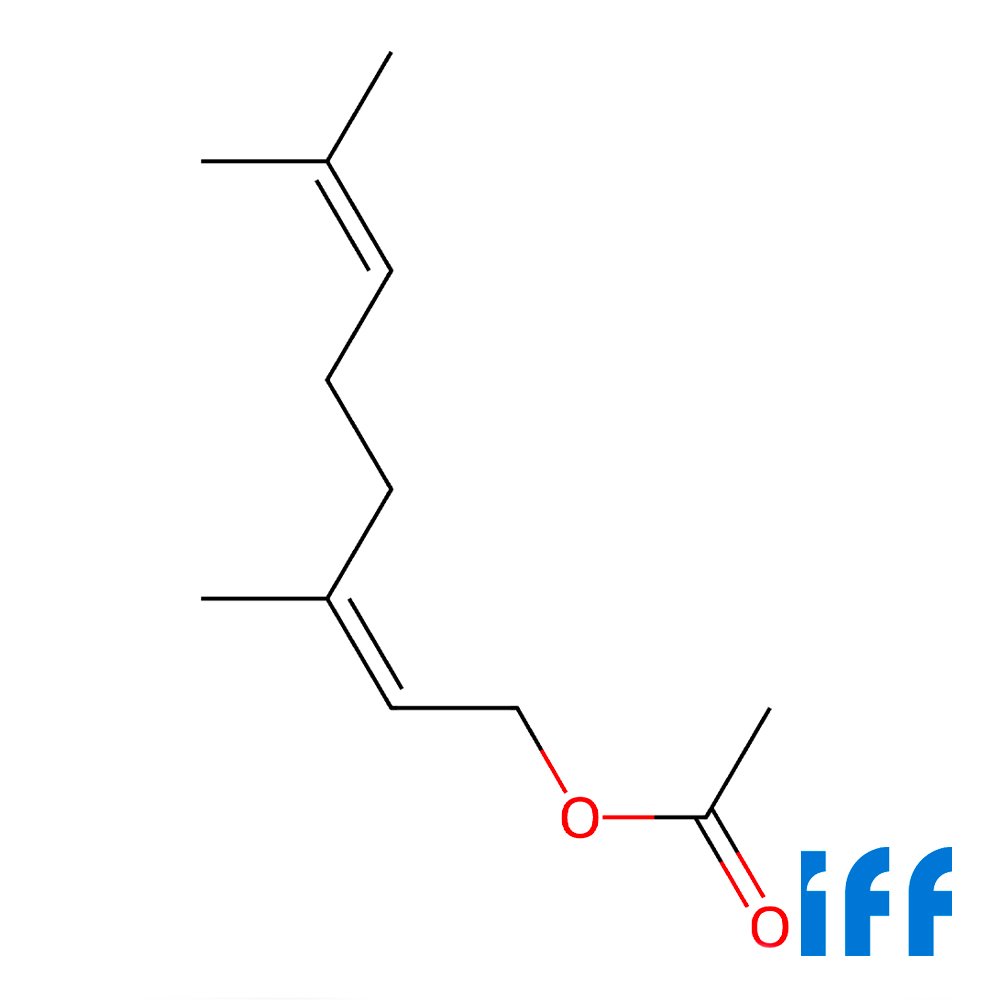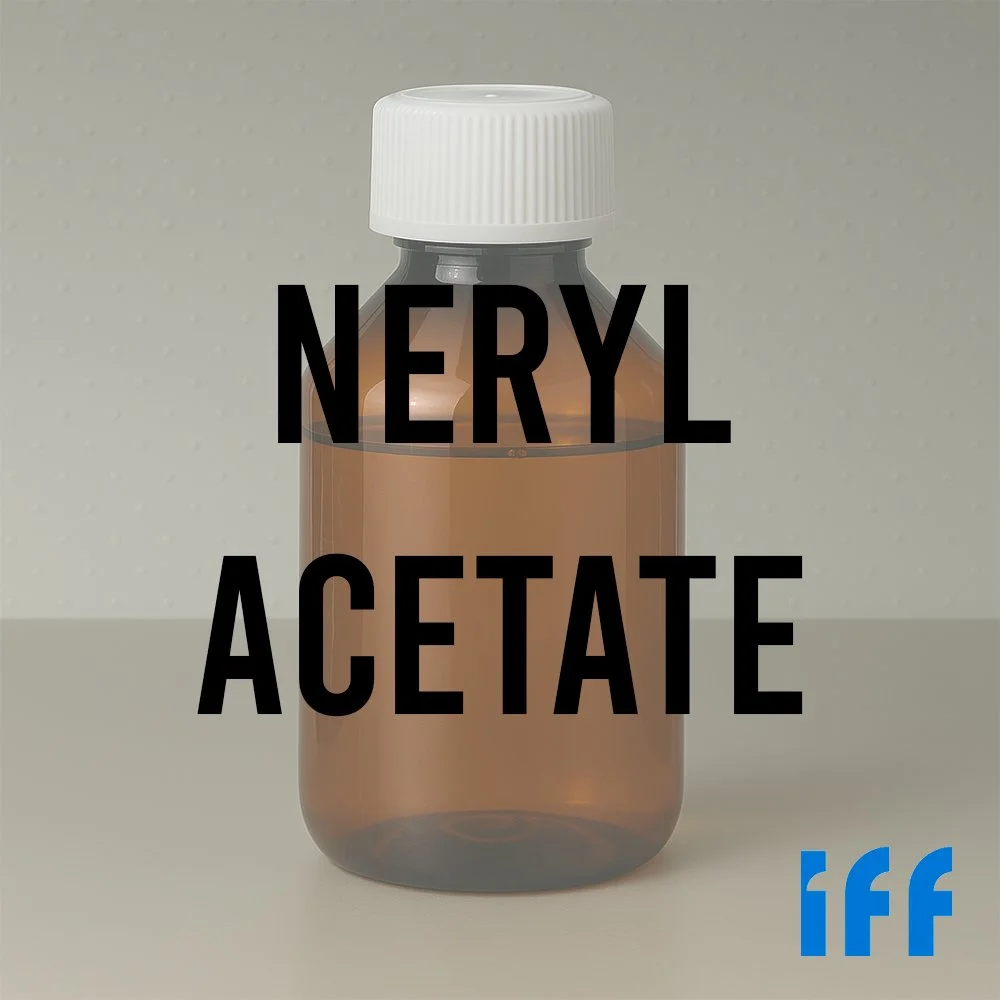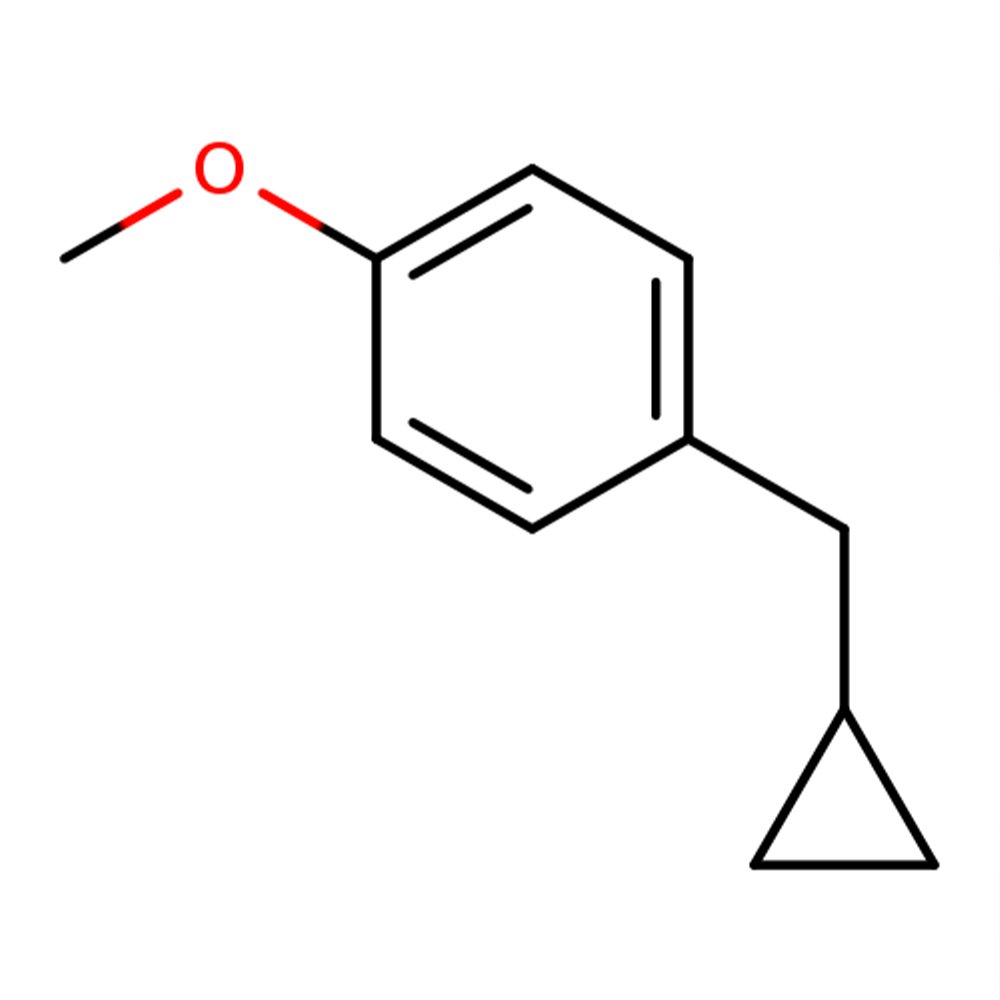Synthetic Ingredient Overview
🏭 Manufacturer — Symrise AG (trade name: Globalide® 100)
🔎 Chemical Name — Oxacyclohexadec-12-en-2-one (mixture of isomers)
🧪 Synonyms — Habanolide®, (12E)-oxacyclohexadec-12-en-2-one, 15-pentadec-11-enolide, 15-pentadec-12-enolide, Musk Habanolide, Oxacyclohexadecenone
📂 CAS Number — 34902-57-3 (also cited: 111879-80-2 for specific isomer)
📘 FEMA Number — FEMA 4889 (approved for use as flavoring agent, though rarely employed due to metallic aftertaste)
⚖️ Molecular Weight — 238.37 g/mol
🧮 Molecular Formula — C₁₅H₂₆O₂
📝 Odor Type — Musky-powdery (macrocyclic musk class)
📈 Odor Strength — High impact with low odor threshold (approximately 0.0398 μg/L in air, exceptionally powerful for musk materials)
👃🏼 Odor Profile — Elegant, clean musky character with distinctive metallic "hot iron" or "pressed linen" nuances; soft, powdery-warm with subtle woody undertones; transparent and radiant with fruity-floral connotations; dry-woody facets reminiscent of ironed cotton fabric
⚗️ Uses — Fine fragrance formulation (base notes and fixative), functional perfumery (detergents, fabric softeners, hair conditioners), white musk accord construction, candle fragrances, body care applications, industrial cleaning products
🧴 Appearance — Clear, colorless to pale yellow liquid with low volatility at room temperature
What is Globalide®?
Globalide® represents a pivotal advancement in modern macrocyclic musk chemistry, belonging to the linear macrolide class of synthetic fragrance materials. This compound is technically classified as an unsaturated fifteen-membered ring lactone, featuring a single double bond within its cyclic structure that imparts unique olfactory characteristics distinguishing it from its saturated counterpart, 15-pentadecanolide (Exaltolide®).
The molecular architecture of Globalide® combines structural elements that bridge the radiance typically associated with alicyclic musks and the soft elegance characteristic of long-chain lactones. The presence of the double bond in positions 11 or 12 of the macrocyclic ring creates what fragrance chemists describe as a "metallic" quality—a crisp, clean facet that evokes associations with freshly ironed linens and hot metal surfaces (Kraft, Bajgrowicz, Denis, & Fráter, 2000). This distinctive character has positioned Globalide® as an essential component in contemporary "white musk" accords, a fragrance concept that revolutionized modern perfumery in the early 2000s.
Unlike polycyclic musks (PCMs) or nitro musks that dominated the twentieth century, Globalide® offers superior biodegradability and environmental compatibility while maintaining exceptional performance characteristics. The material exists as a mixture of geometric isomers—primarily the (E)-12 isomer alongside smaller proportions of the (Z)-12 isomer and positional isomers—with commercial grades typically exhibiting greater than ninety percent total purity of these combined isomeric forms (Symrise, 2024).
Historical Background
The developmental trajectory of Globalide® is inextricably linked to the broader evolution of macrocyclic musk synthesis that accelerated dramatically during the latter half of the twentieth century. The foundational chemistry enabling Globalide®'s existence was established by Becker and Ohloff in their seminal 1971 publication describing novel fragmentations of bicyclic enol ethers for producing macrocyclic lactones (Becker & Ohloff, 1971).
The original synthetic route described by these Swiss chemists at Firmenich involved radical addition of allyl alcohol to cyclododecanone, followed by acid-catalyzed cyclization to form a bicyclic enol ether intermediate. Subsequent treatment with hydrogen peroxide generated a hydroperoxide species, which underwent copper-catalyzed fragmentation to yield an isomeric mixture of pentadecenolides—the chemical composition we now recognize as Globalide®/Habanolide® (Becker & Ohloff, 1971; Kraft & Bajgrowicz, 2004).
Firmenich commercialized this material as Habanolide® during the 1970s, though initial production volumes remained modest due to synthesis complexity and cost considerations. The true revolution in macrocyclic musk accessibility arrived with the development of ring-closing metathesis (RCM) technology, pioneered by Robert H. Grubbs and recognized with the 2005 Nobel Prize in Chemistry. This catalytic methodology—employing ruthenium alkylidene catalysts—dramatically improved atom economy and E-selectivity in macrocycle formation, rendering large-scale production economically viable (Grubbs & Chang, 1998).
Symrise AG (then Haarmann & Reimer) introduced their optimized version as Globalide® 100 in 2002, leveraging advanced RCM processes to deliver high-purity material at competitive pricing. This timing proved fortuitous, as the fragrance industry faced mounting pressure to replace polycyclic musks due to bioaccumulation concerns. Globalide® emerged as a premium biodegradable alternative precisely when market demand for environmentally responsible musks reached critical mass (Sell, 2006).
The pivotal cultural moment for Globalide® arrived with Alberto Morillas's creation of the "white musk accord" for Emporio Armani White for Her (2001). Morillas described his vision as "cotton and linen," employing macrocyclic musks including Habanolide® to achieve a revolutionary aesthetic of clean, radiant freshness that contrasted sharply with traditional animalic musk profiles. This accord sparked a paradigm shift in perfumery, with white musk compositions becoming ubiquitous in contemporary fragrance from 2001 onward (Morillas, 2001, as cited in Kraft, Bajgrowicz, & Denis, 2000).
Olfactory Profile
Scent Family
Musky-powdery (macrocyclic musk subcategory)
Main Descriptors
Globalide® presents an elegant, substantive musk character distinguished by its unique metallic-powdery signature. The primary olfactory impression combines clean musky warmth with distinctive "hot iron" or "pressed linen" nuances that evoke freshly laundered cotton fabric. Secondary facets include soft powder, subtle woody undertones, and faint fruity-floral connotations that emerge particularly in alcohol-based compositions. The material exhibits a transparent quality—projecting diffusively without heaviness or opacity—that has earned it inclusion in the "white musk" category alongside materials like Helvetolide® and Galaxolide®.
The metallic aspect distinguishes Globalide® from saturated macrolides like Exaltolide®. While Exaltolide® presents a rounder, warmer, more classically animalic musk profile, Globalide®'s unsaturation introduces angular, crisp facets reminiscent of heated metal surfaces and modern synthetic materials. This character proves particularly valuable in compositions seeking to convey cleanliness, modernity, and technological sophistication (Sell, 2006).
Intensity
High impact despite moderate vapor pressure. Globalide® exhibits exceptional substantivity, meaning it adheres tenaciously to substrates and releases fragrance over extended periods. The material demonstrates medium initial diffusion compared to volatile top-note materials but develops powerful longevity as compositions dry down. Odor threshold measurements of approximately 0.04 micrograms per liter of air classify Globalide® among the most potent musk materials available (Symrise, 2024).
Tenacity
Outstanding persistence across diverse application matrices. On blotter strips, Globalide® remains detectable beyond 336 hours (fourteen days), with substantivity extending even longer on fabric substrates. In functional applications such as fabric softeners and detergents, the material survives multiple wash cycles and continues emanating fragrance from treated textiles for weeks. This exceptional tenacity derives from the material's lipophilicity (log P approximately 4.88) and low volatility, combined with strong affinity for protein and cellulosic fibers (Symrise, 2024).
Volatility
Late heart to base note classification. Gas chromatography retention index values approximate 2700 (on standard non-polar columns), positioning Globalide® firmly in the base note region alongside materials like sandalwood derivatives and amber compounds. Evaporation half-life measurements indicate approximately 35 hours under standard conditions, though this extends considerably on skin and fabric where molecular interactions retard volatilization (Kraft & Bajgrowicz, 2004).
Fixative Role
Globalide® functions as a bridging fixative that connects metallic "white musk" top notes with heavier lactonic base materials. In compositions featuring volatile materials like Helvetolide® or Romandolide®, Globalide® extends the clean-musk impression into the heart and base phases, preventing premature fade. Conversely, when paired with dense lactones such as Exaltolide® or Ambrettolide®, Globalide® lifts and brightens the overall impression, reducing potential waxiness. Perfumers report that Globalide® typically extends overall composition dry-down by approximately fifteen to twenty percent through synergistic fixation effects (Morillas, 2001; Symrise, 2024).
Applications in Fine Fragrance
Globalide® occupies an essential position in contemporary fine fragrance, particularly in compositions emphasizing fresh, clean, and modern aesthetics. The material's primary value lies in constructing "white musk" accords—harmonious combinations of macrocyclic and alicyclic musks that project radiant cleanliness without traditional musk heaviness. Pioneered in Emporio Armani White for Her (2001) and subsequently adopted across the industry, white musk accords typically combine Globalide® with materials like Galaxolide®, Helvetolide®, and Cashmeran® to achieve luminous, transparent musk effects.
In floral compositions, Globalide® provides structural support and volume without masking delicate petaled nuances. The material pairs particularly well with white flowers—orange blossom, jasmine, tuberose—where its powdery-clean character complements natural floral facets while extending longevity. Narciso Rodriguez For Her (2003), featuring prominent Globalide® dosage, exemplifies this application strategy, where musk becomes the composition's central theme rather than mere supporting player (Perfumer & Flavorist, 2004).
Contemporary colognes and eau de toilettes employ Globalide® at concentrations of 0.1 to 3 percent to impart "ironed cotton" effects that enhance citrus and aromatic notes. The material's metallic facets create interesting tensions with natural citrus oils, preventing compositions from reading as traditionally classical while maintaining freshness. This technique appears extensively in men's grooming fragrances seeking to convey crisp, modern masculinity.
The material demonstrates excellent synergy with woody notes, particularly modern synthetic sandalwoods like Javanol® and Sandalore®. These combinations create warm, skin-like base notes with exceptional tenacity. Additionally, Globalide® pairs effectively with amber materials, where it lightens potentially heavy oriental structures and introduces contemporary freshness. Gourmand compositions benefit from Globalide®'s ability to temper sweetness and add sophisticated depth to caramel, vanilla, and praline accords.
Performance in Formula
Globalide® exhibits predictable behavior across diverse formulation contexts, though perfumers should observe several technical considerations for optimal results. In alcohol-based systems (eau de parfum, cologne concentrations), the material dissolves readily and demonstrates excellent stability across pH ranges encountered in typical fragrance formulations. The compound shows no tendency toward discoloration or degradation in alcoholic solutions, maintaining olfactory character even after extended storage at elevated temperatures.
Dosage levels typically range from 0.5 to 5 percent in fine fragrance concentrates, with 1 to 3 percent representing optimal performance windows for most applications. Lower concentrations (below 0.5 percent) may prove insufficient for substantive musk character, while excessive dosing (above 8 percent) can introduce unwanted waxiness and reduce rather than enhance diffusion. Perfumers report that Globalide®'s effects scale linearly through moderate concentration ranges but exhibit diminishing returns beyond approximately 5 percent (Symrise, 2024).
The material demonstrates strong blooming behavior in fabric care applications, meaning fragrance intensity increases upon textile drying and subsequent wearing. This blooming effect—particularly pronounced with Globalide® compared to other musks—results from the material's preferential partitioning into fiber matrices and subsequent temperature-triggered release. Fabric softener formulations typically employ 0.5 to 1 percent Globalide®, while heavy-duty detergent powders use 0.3 to 0.5 percent for optimal performance without excessive cost burden.
Regarding blending behavior, Globalide® shows remarkable compatibility with most fragrance materials. The compound exhibits synergistic effects with other macrocyclic ketones (Muscone, Exaltone®) and lactones (Exaltolide®, Ambrettolide®), creating unified musk impressions greater than additive combinations would suggest. With aldehydic materials, Globalide® introduces interesting metallic-soapy nuances reminiscent of classic aldehydic floral perfumes but with contemporary character. Ionones and methyl ionones blend harmoniously, though perfumers should moderate dosages as these materials can potentially mask Globalide®'s metallic facets when used at high levels.
Stability testing across application categories demonstrates excellent performance. In soap matrices (pH 9-10), Globalide® survives saponification conditions without degradation. Body lotions and emulsion systems (pH 4-6.5) present no stability challenges. Even in challenging applications like citric acid cleaners (pH 2) or alkaline all-purpose cleaners (pH 8-10), the material maintains character, though substantivity may decrease slightly in highly acidic formulations.
Industrial and Technical Uses
Beyond fine fragrance applications, Globalide® serves important functions in industrial and functional perfumery where substantivity, biodegradability, and cost-effectiveness converge. The material's exceptional tenacity and blooming properties make it particularly valuable in laundry care products—detergents, fabric softeners, and dryer sheets—where long-lasting freshness represents a primary consumer benefit.
In household cleaning products, Globalide®'s low odor threshold permits effective use at minimal concentrations (often below 0.05 percent in final consumer products), reducing material costs while delivering perceptible musk character. All-purpose cleaners, bathroom cleaners, and floor care products frequently incorporate Globalide® to provide lingering freshness that signals cleanliness to consumers. The material's metallic-clean facets align particularly well with consumer expectations for hygiene products.
Personal care applications extend beyond traditional fragrance categories. Hair shampoos and conditioners benefit from Globalide®'s substantivity on keratin, where the musk adheres to hair fibers and continues releasing fragrance throughout the day. Antiperspirant and deodorant formulations employ the material at 1 to 4 percent concentrations, where it provides background musk support and helps mask base malodor without interfering with functional actives.
The candle industry utilizes Globalide® for its unique hot-throw characteristics—the fragrance released when candles burn. The material's metallic nuances intensify upon heating, creating distinctive "warm cotton" effects particularly suited to home fragrance applications. Recommended dosage in wax matrices ranges from 0.5 to 2 percent, though higher concentrations sometimes appear in premium formulations.
An emerging application area involves polymer and textile scenting, where Globalide®'s lipophilicity enables incorporation into synthetic fibers during manufacturing. This microencapsulation-free approach creates inherently fragranced textiles that release musk character throughout product lifetime—particularly valuable for activewear, intimate apparel, and home textiles.
Regulatory and Safety Overview
IFRA Status
Globalide® currently faces no specific concentration restrictions under IFRA Amendment 51 (2023) for Categories 1 through 12, indicating favorable safety assessment results across all major use categories. This unrestricted status reflects comprehensive toxicological evaluation demonstrating low sensitization potential and absence of specific hazard concerns beyond environmental endpoints. Manufacturers providing IFRA certificates of conformity confirm that Globalide® complies with current standards when used according to good manufacturing practices. No quantitative restrictions apply to fine fragrance (Category 1), body care (Categories 2-5), household care (Categories 7-9), or industrial applications (Categories 10-12).
Official IFRA documentation can be accessed at: https://ifrafragrance.org/standards
EU Cosmetics Regulation
Under Regulation (EC) No. 1223/2009, Globalide® does not appear on Annex II (prohibited substances) or Annex III (restricted substances). Importantly, the compound is not listed among the 26 declarable fragrance allergens specified in Annex III, meaning no mandatory declaration requirement exists on cosmetic product labels when Globalide® presence derives solely from fragrance compounds. The material holds REACH registration status within the European Union, with the registration number 01-0000016883-62, confirming compliance with chemical substance requirements for European market access.
FEMA Status
The Flavor and Extract Manufacturers Association has assigned FEMA number 4889 to Globalide®, indicating GRAS (Generally Recognized As Safe) status for use as a flavoring agent in food applications. However, practical deployment in food flavoring remains extremely limited due to the material's metallic aftertaste, which proves undesirable in most culinary contexts. The GRAS designation primarily serves regulatory compliance purposes rather than reflecting significant food flavor application.
GHS/CLP Classification
Globalide® carries environmental hazard classification as Aquatic Chronic 1, H410 ("Very toxic to aquatic life with long-lasting effects"). This classification reflects the material's high lipophilicity (log P = 4.88) and potential for bioaccumulation in aquatic organisms, though importantly, the compound demonstrates ready biodegradability (97.0 percent according to OECD testing protocols). No harmonized classification exists for human health endpoints beyond these environmental concerns, indicating absence of acute toxicity, sensitization, or reproductive/developmental hazards of regulatory significance.
RIFM Safety Assessment
The Research Institute for Fragrance Materials has published comprehensive safety evaluations for macrocyclic lactones including Globalide®, concluding "no sensitization concern" based on predictive testing and human exposure data. Systemic NOAEL (No Observed Adverse Effect Level) values approximate 150 mg/kg body weight/day in rodent studies, providing substantial safety margins relative to realistic human exposure scenarios from cosmetic and fragrance use. The RIFM assessment confirms that Globalide® presents minimal toxicological concern under current use conditions (RIFM, 2017).
Biodegradation
Unlike persistent polycyclic musks that prompted regulatory scrutiny in the 1990s and 2000s, Globalide® demonstrates excellent biodegradability, achieving 97 percent degradation in standard OECD ready biodegradability tests. This characteristic positions the material favorably from sustainability and environmental compliance perspectives, particularly as legislation increasingly restricts or bans poorly biodegradable fragrance materials. The macrocyclic lactone structure undergoes microbial hydrolysis efficiently, breaking down into smaller metabolites that enter natural carbon cycles without problematic accumulation.
Sources
Becker, J., & Ohloff, G. (1971). Eine neuartige Fragmentierung bicyclischer Enolether: Verfahren zur Darstellung macrocyclischer Lactone. Helvetica Chimica Acta, 54, 2889–2895.
Grubbs, R. H., & Chang, S. (1998). Recent advances in olefin metathesis and its application in organic synthesis. Tetrahedron, 54(18), 4413–4450.
International Fragrance Association. (2023). IFRA Standards Library (51st Amendment). Retrieved from https://ifrafragrance.org/standards
Kraft, P., & Bajgrowicz, J. A. (2004). Aroma chemicals IV: Musks. In D. J. Rowe (Ed.), Chemistry and technology of flavors and fragrances (pp. 143–168). Blackwell Publishing.
Kraft, P., Bajgrowicz, J. A., Denis, C., & Fráter, G. (2000). Odds and trends: Recent developments in the chemistry of odorants. Angewandte Chemie International Edition, 39(17), 2980–3010.
Perfumer & Flavorist. (2004). Narciso Rodriguez For Her fragrance analysis. Perfumer & Flavorist, 29(5), 42–45.
Research Institute for Fragrance Materials. (2017). RIFM fragrance ingredient safety assessment: Oxacyclohexadecane-2,13-dione (CAS 38223-29-9). Food and Chemical Toxicology, 110, S711–S717.
Sell, C. S. (2006). The chemistry of fragrances: From perfumer to consumer (2nd ed.). Royal Society of Chemistry.
Symrise AG. (2024). Globalide® product information sheet. Symrise Perfumery Ingredients Technical Documentation.












